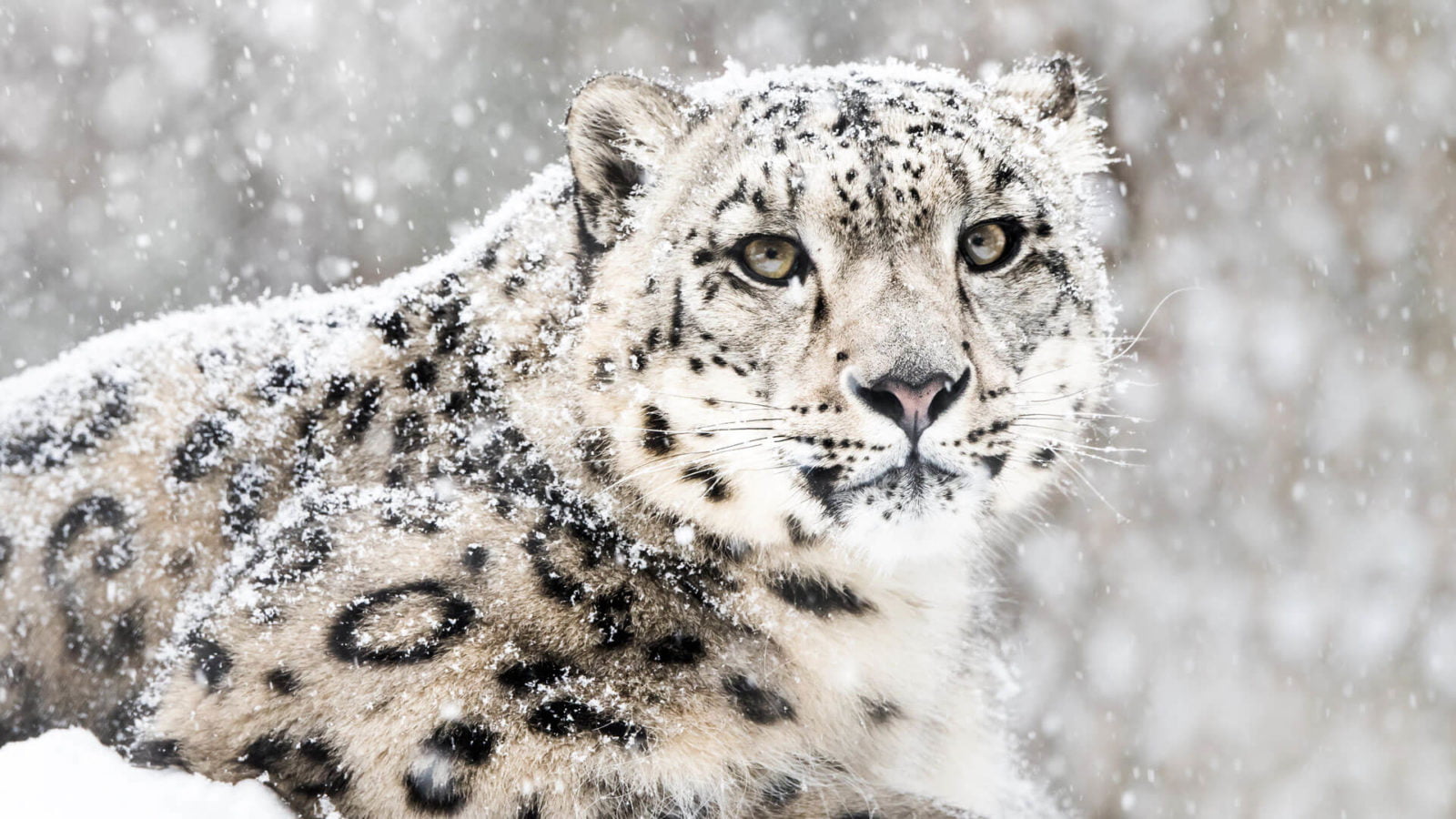Living high in the Himalayas, the snow leopard is one of the most unique cats in the world. And he is endangered. The snow leopard is fighting for its survival, and he is running out of time.
Today, there are fewer than 7,000 snow leopards left in the wild. New roads, mining projects disrupting their habitat, and more damage done by humans has left the fragile species with nowhere to go. People are organizing projects to help the snow leopard, and raise awareness for world leaders.
Biology of the snow leopard
The snow leopard is a solo traveler, and he usually lives solitary lifestyle. He is crepuscular, meaning that the dawn and dusk are his most active times of the day.
While they are living alone usually, their home is large. Some snow leopards have home ranges of up to 1,000 square kilometers.
Snow leopard mothers are used to being single mothers. They raise the cubs all alone for 18 months. Similar as other cats, the snow leopard is not aggressive toward humans. He is carnivorous, eating blue sheep, argali, and ibex mostly.
Facts about the snow leopard
Specific body for cold heights
Unlike other big cats, the snow leopard has developed and evolved specifically for cold heights. He has the longest and thickest fur of any big cat, along with a long and thick tail that he can wrap himself if needed.
Snow leopards have large nasal cavity and broad facial bones that allow them to breathe in very cold air and then warm it for breathing. To maximize oxygen intake, the snow leopard has high concentration of red blood cells. As such, he doesn’t get tired while climbing mountains. He can reach heights of up to 18,000 feet.
They are predicable
Leopards are to a degree, predictable. They often spray rocks to mark their territory, and use the same game trails and ridges. Trackers can easily recognize these marks and install camera traps to identify individual cats.
Smaller than big cats
The snow leopard is considered a big cat. However, he is smaller than most big cats, weighing between 45 and 120lbs. However, some large male species have recorded weight of up to 160lbs.
Their length is between two and five feet from head to the base of the tail, with the tail adding two to three more feet.
They use their tail for survival
While they are smaller than other big cats, their tail is their most important organ. They use their tail for survival. Their thick and long tail assist snow leopards with balance, which is important when they are hunting prey, or move through difficult terrain.
As mentioned previously, they also use their tail for warming, as they can wrap the long tail while resting.
But most importantly, they use the tail for fat storage, which helps the snow leopard get through lean times.
China is their home
China is home to more than 60% of the world’s population of snow leopards. They have more than 1 million km habitat spread across the far west and around the Tibetan Plateau.
Why are they under danger?
The elusive cat is facing several threats, most importantly poaching. According to some statistics, between 200 and 450 snow leopards are killed per year. However, since most of the hunting and trade happens in the dark, the true extent of the problem is thought to be even bigger.
Poaching also takes away the resources of the snow leopard. Not only people hunt snow leopards, they also hunt wild sheep and goat, which are the snow leopards main prey species.
Herders sometimes kill snow leopards in retribution, which accounts for more than half of all snow leopard killing.
The next big problem is mining, as it destroys the mountain ecosystem the leopard relies on. Large-scale developments are also a problem for the snow leopard.
Last, but not least, climate change poses new challenges. Temperatures are on the rise, and their natural habitat has gotten 3 degrees warmer in the last 20 years. Chances impact the ecosystem, including vegetation, water supplies, and everything else.



